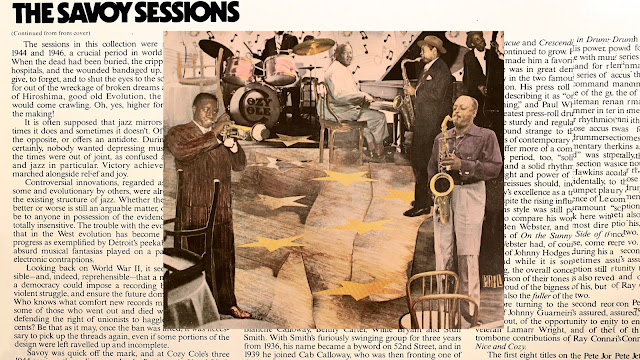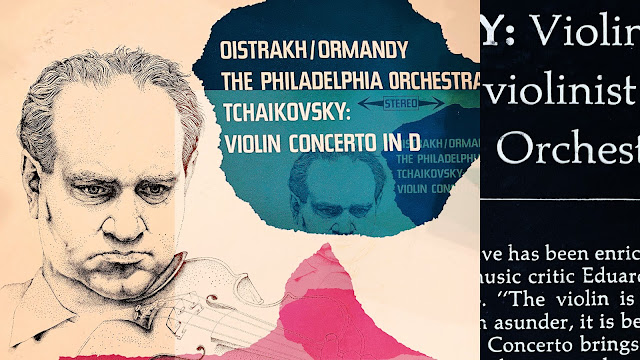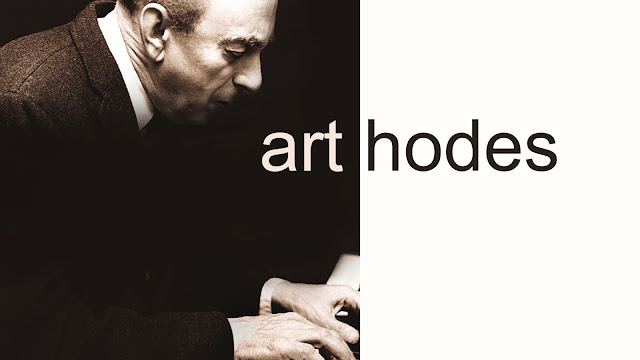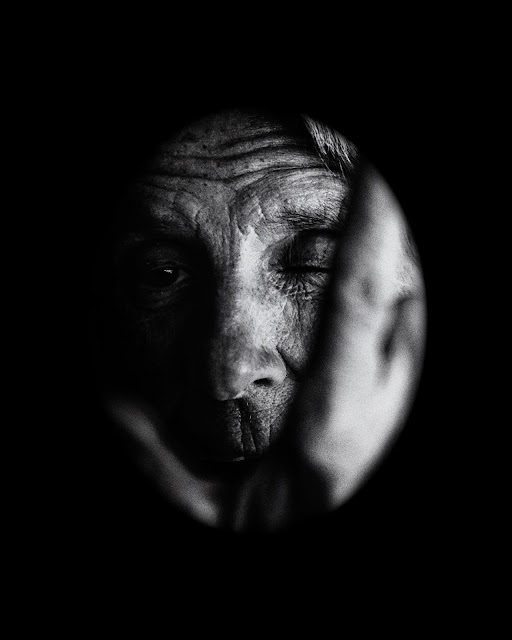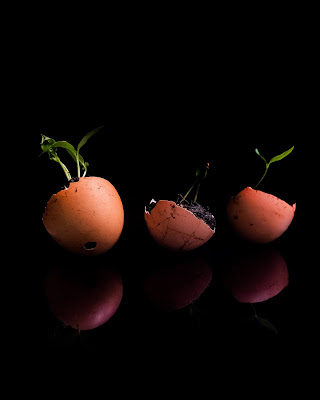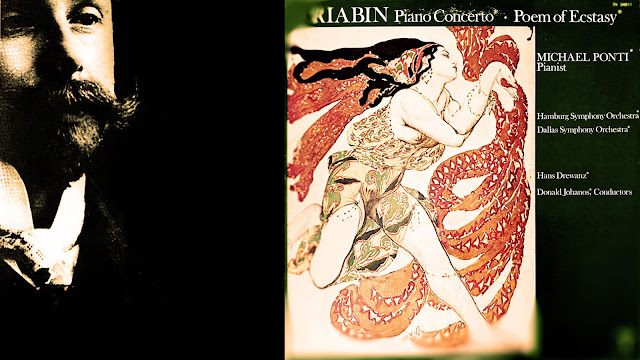Posts
Showing posts from September, 2020
David Oistrakh - Tchaikovsky violin D Major Op 35 adante allegro vivacissimo
- Get link
- Other Apps
David Oistrakh - Tchaikovsky Violin D Major Op 35 allegro moderato
- Get link
- Other Apps
Shelly Manne and his Band vol 4 (side 1 of mono vinyl album)
- Get link
- Other Apps
Borodin - In The Steppes of Central Asia Symphony No 2 in B Minor
- Get link
- Other Apps
The most efficient way to make omelet
- Get link
- Other Apps
Alexander Scriabin's "Poem of Ecstasy" op. 54
- Get link
- Other Apps
Charles Magnante plays La Comparsita
- Get link
- Other Apps
Art Hodes Plays Sugar Foot Stomp
- Get link
- Other Apps

